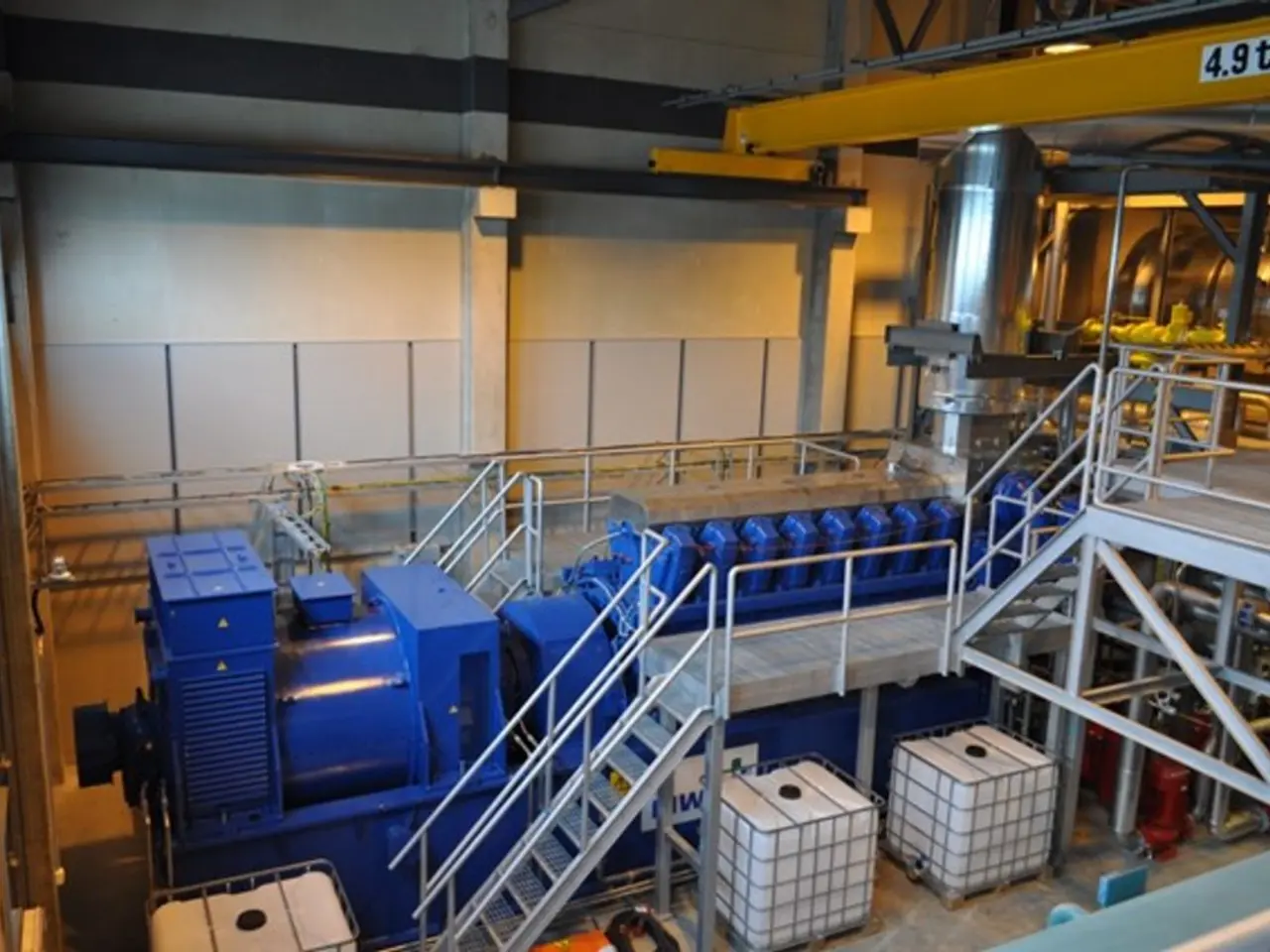Increase in Electric Vehicles in Ethiopia due to ban on ICE imports
Ethiopia, one of Africa's fastest-growing economies, is making significant strides in its mission to reduce the number of Internal Combustion Engine (ICE) vehicles and promote the use of Electric Vehicles (EVs). The Ethiopian government's strategic policy of banning the import of ICE vehicles and offering incentives for EVs has proven highly effective in increasing the number of EVs and advancing towards its 2032 target of a fully electrified vehicle fleet.
Key factors driving this transition include the high cost of fuel imports, which Ethiopia, with no hydrocarbon reserves, finds burdensome, and the country's abundant hydro-electric energy from river dams. This cheap source of energy provides a significant advantage in the cost-effectiveness of EVs, making them an attractive choice for consumers.
The rapid increase in EV adoption is evident. As of the present, over 115,000 electric vehicles are on Ethiopia's roads, with more than 15 companies actively involved in local EV assembly and supply. This surge is supported by the government's National Electric Vehicle Strategy, promoting clean transport.
The policy environment in Ethiopia is also favourable. Tax incentives, duty waivers, and exemptions have made EVs more financially attractive, particularly in urban areas like Addis Ababa, where the majority of EV uptake is concentrated due to better electricity access and infrastructure improvements.
The government's supportive measures have also attracted international EV manufacturers and investors, indicating growing confidence in Ethiopia's market potential and commitment to EV transition.
However, challenges remain for sustaining momentum and achieving nationwide electrification by 2032. Only about 55% of the national population has reliable electricity access, and the grid experiences frequent outages, which could hinder EV expansion beyond major urban centers. Limited public EV charging infrastructure, with only 13 public charging stations nationwide, poses a constraint for wider EV adoption. Affordability and access to financing remain barriers for many potential buyers.
In conclusion, Ethiopia's policy has been instrumental in catalysing the growth of electric vehicles, particularly in urban hubs like Addis Ababa. While the country is on a promising path towards its 2032 EV targets, the success depends on addressing infrastructure, grid reliability, financing, and rural access issues to sustain and scale EV adoption beyond the capital region.
[1] CNN, 2021, Ethiopia's electric vehicle revolution, https://edition.cnn.com/2021/06/17/africa/ethiopia-electric-vehicles-intl-hnk/index.html [2] Ethiopian Electric Utility, https://www.ethioelectric.et/index.php/en/ [3] Ethiopian Government, National Electric Vehicle Strategy, 2020, https://www.afdb.org/fileadmin/uploads/afdb/Documents/Publications/Ethiopia-Electric-Vehicle-Strategy-2020-Ethiopia.pdf
- To further boost the EV transition in Ethiopia, the government could consider investing in technological advancements for improving the efficiency of its hydro-electric power plants and enhancing the environmental-science aspect of EV manufacturing.
- As Ethiopia's economy continues to grow, concurrent developments in science, technology, and financial sectors will be crucial in facilitating investment in EV technology and ensuring the country's long-term success in achieving a fully electrified vehicle fleet by 2032.




